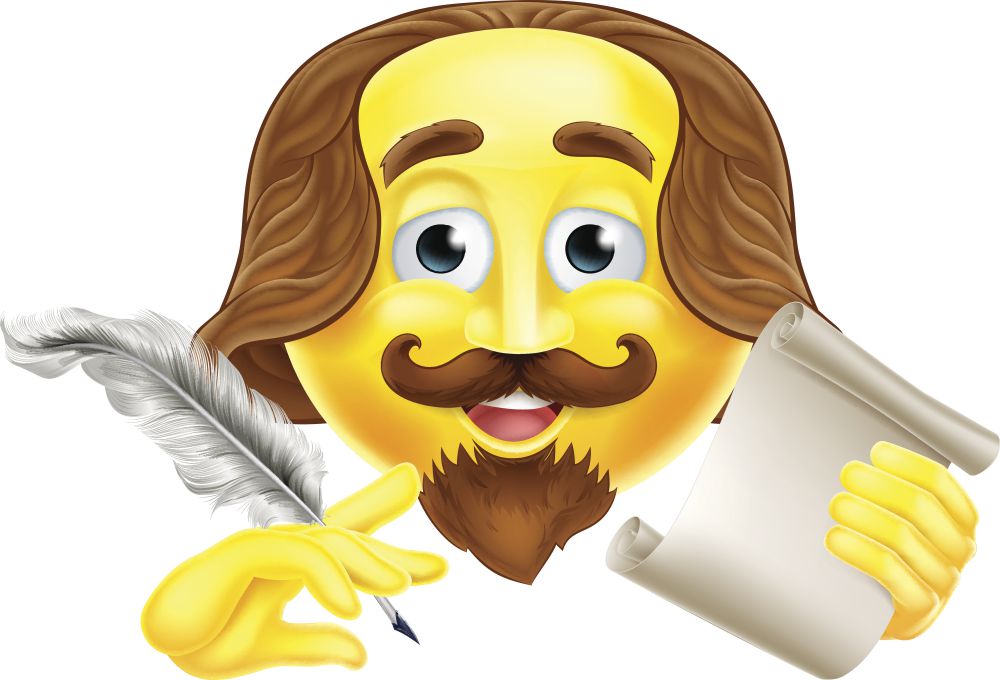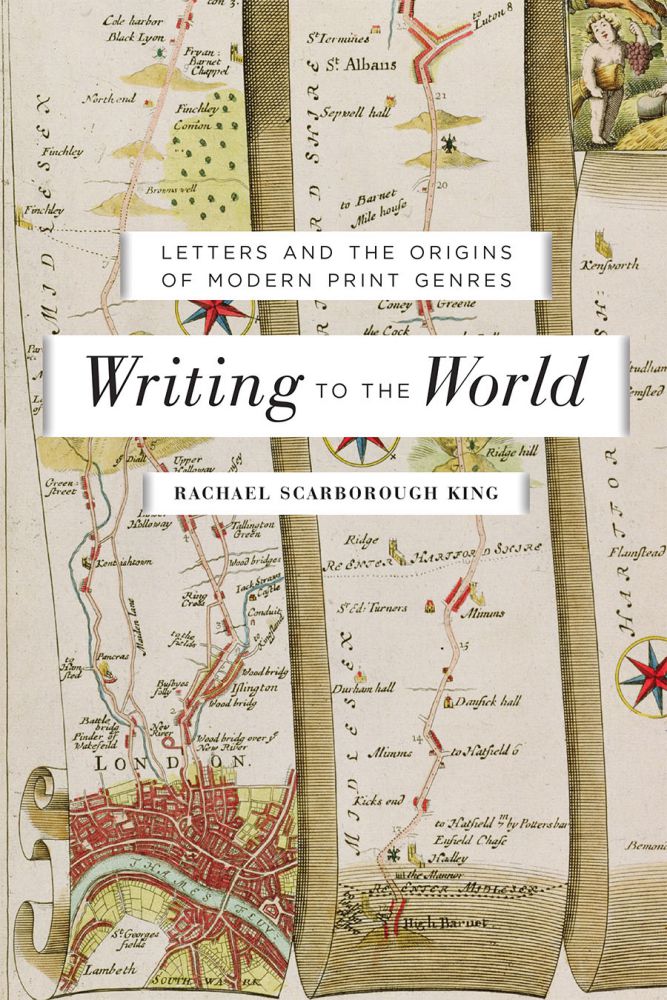
Call Me Gobsmacked


If you want to feel run over and left for dead by new media technology, consider this: “Moby Dick” has been translated into emojis. True story. Herman Melville’s classic novel of obsession can now be read with 21st-century hieroglyphics.
Feeling a little disoriented? It’s a sensation you likely might have shared with early 18th-century readers who witnessed shifts in media technologies and the emergence of new literary genres. In “Writing to the World: Letters and the Origins of Modern Print Genres” (Johns Hopkins University Press, 2018), UC Santa Barbara scholar Rachael Scarborough King explores that period and traces the evolution of textual conventions.
“My approach to the 18th century is very much informed by a sense that we are experiencing a similar period of transition and anxiety around media right now,” said King, an assistant professor of English. “Like today, in the 18th century they were self-aware about the media. There was a lot of commentary on print itself, on handwriting, on the relationship between them and how things were changing.
“I think we have a really similar situation today,” she continued. “We’re so interested in those questions that we’re talking so much about them. Not just the content of what we’re getting, but the actual media themselves.”
Before the advent of widespread print media, King noted, letters — personal and hand-written manuscripts — were the dominant media. The first newspaper, the London Gazette, appeared in 1665, but it was decades before print finally supplanted letters as the medium of the realm.
In her book, King reveals that what emerged were at least four key genres: the newspaper, the periodical, the novel and the biography, all of which had their roots in letters. She noted that some of the first popular novels of the period were epistolary — told through a series of letters. “Pamela” and “Clarissa” by Samuel Richardson in 1740 and 1748, respectively, were immensely successful epistolary novels.
They were also prime examples of what she calls the “bridge genre” — new works that emerge from the foundations of old conventions. And in the same way that handwritten correspondence morphed into novels, newspapers and more, today’s digital revolution is acting as a bridge to genres largely unthinkable a generation ago.
“There’s been so much news coverage lately about how schools aren’t teaching cursive handwriting anymore,” King said. The thinking goes something like this: If we lose the ability to write in cursive, what do we have left?
Hello, “Emoji Dick.”
“I think even something like emojis are a bridge genre,” King said. “It’s an attempt to bridge physical interaction with all these different facial expressions, different physical objects in the world, and an effort to draw that into the digital medium and have some way of representing that.
“Part of what I’m really interested in is how changes in media change our literary forms as well,” she continued. “Those two things seem to go together. And I think we have a similar moment now, where we’re still in it, so it’s a little unclear, obviously, how things will turn out, but that the new medium is also affecting the way we communicate and the genres and forms we use for communication.”



